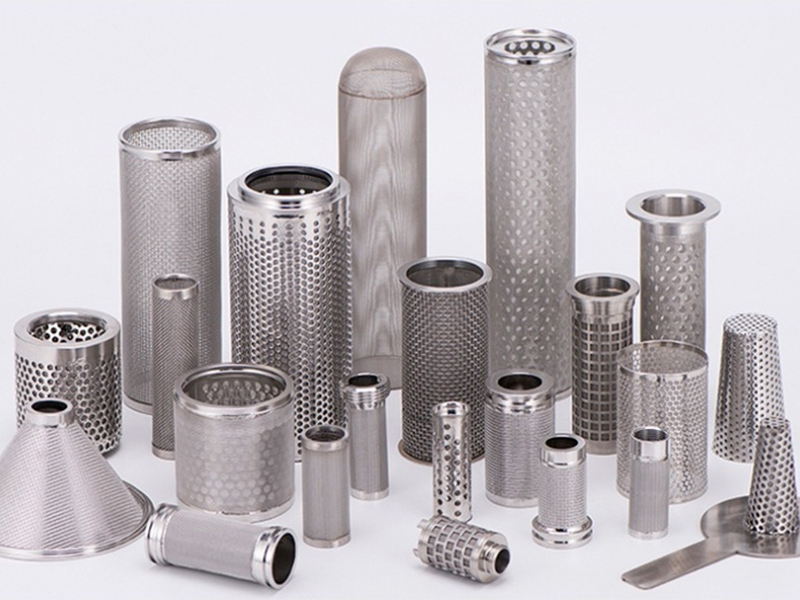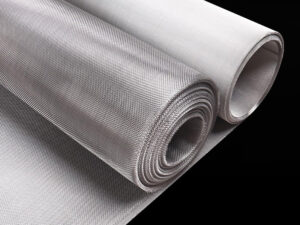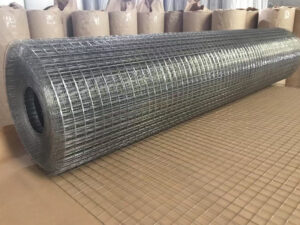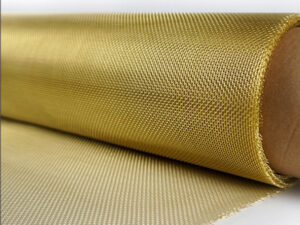1. Woven Wire Mesh
This is the most common type of filter mesh, produced by weaving stainless steel or other metal wires into a uniform pattern. It offers consistent pore sizes, excellent mechanical strength, and is widely used for liquid and gas filtration.
2. Extruder Screens
Extruder screens are made from multiple layers of woven wire mesh, often spot-welded together to form a pack. They are mainly used in plastic and polymer extrusion to remove contaminants and improve product purity.
3. Filter Discs & Circles
These filters are cut from woven mesh into round shapes, sometimes with a welded edge. They are used in small filtration units, laboratory equipment, and precision machinery.
4. Filter Cylinders & Cones
By welding or binding wire mesh sheets into cylindrical or conical forms, these filters are applied in pipelines, air systems, and liquid filtration units. Their larger surface area provides higher flow rates and better efficiency.
Industrial Applications
Plastic & Polymer Processing – Removal of impurities during extrusion and recycling.
Petrochemical & Chemical Industry – Catalyst recovery and process filtration.
Food & Beverage – Filtration of coffee, beer, milk, and other liquids.
Water Treatment & Environmental Protection – Wastewater treatment and seawater desalination.
Advantages of Wire Mesh Filters
High strength and durability
Reusable and easy to clean
Wide range of mesh sizes and shapes
Customizable according to customer requirements
Conclusion
Wire mesh filters are essential components in modern industry, offering cost-effective and versatile solutions for various applications. Whether you need woven mesh, extruder screens, or customized filter elements, choosing the right wire mesh filter can significantly improve efficiency and product quality.
📩 Contact us today to discuss your specific filtration needs and get customized solutions.




